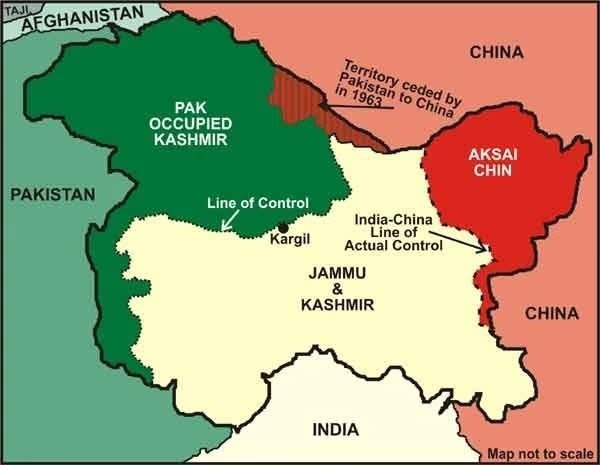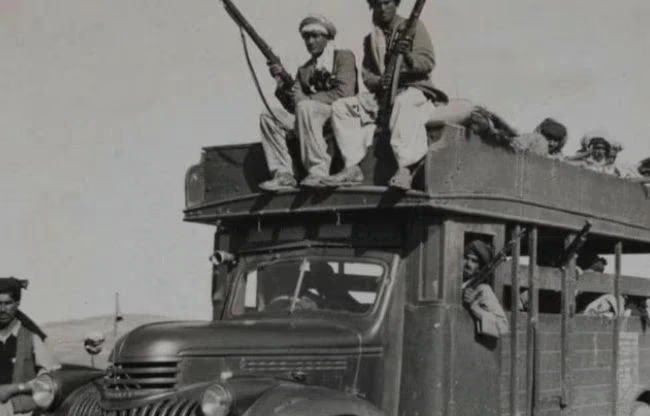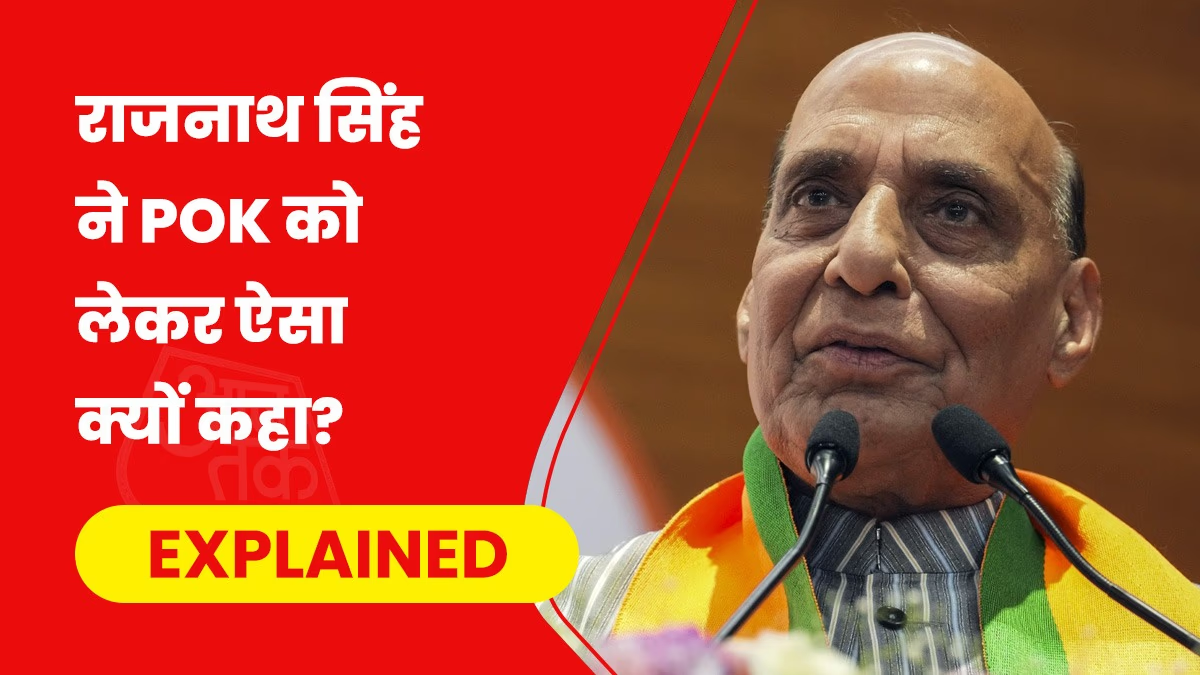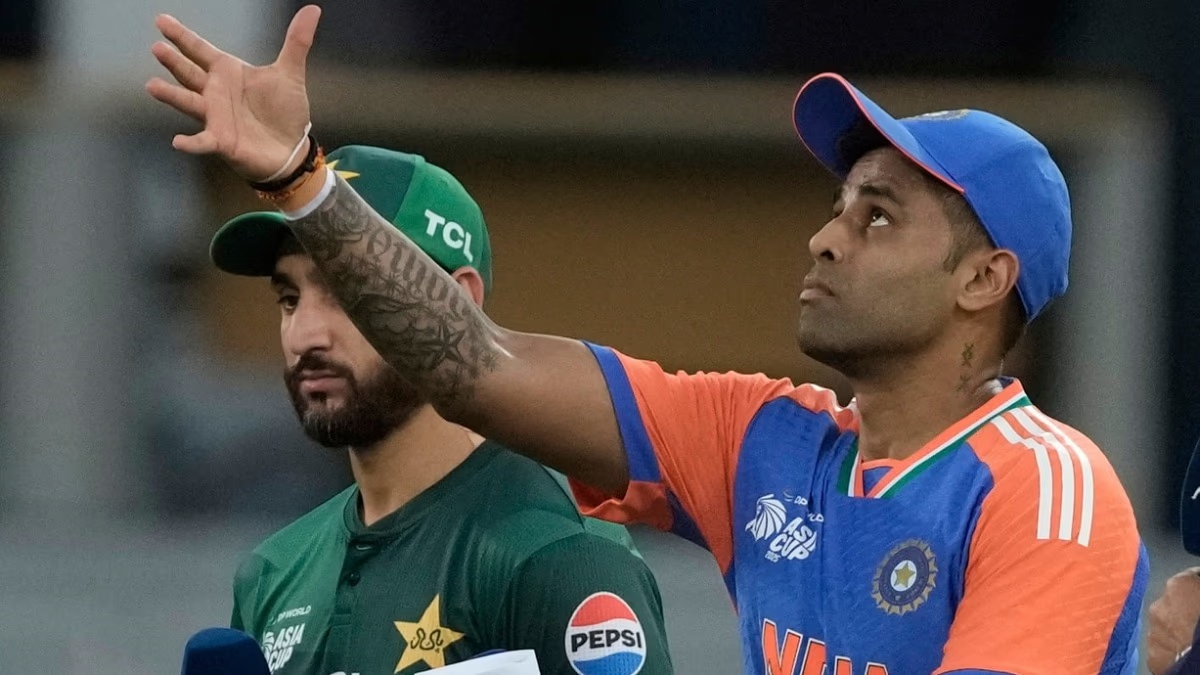For the first time in 10 years, Assembly elections are happening in Jammu and Kashmir. With 90 seats in the assembly, voting will occur in three phases. The campaign is in full swing, and the issue of PoK is inevitably part of the debate. Recently, the topic of PoK has resurfaced during the elections.
On Sunday, during an election rally in Ramban, Jammu, Defense Minister Rajnath Singh discussed PoK. He mentioned that Pakistan regards PoK inhabitants as foreigners, whereas India views them as its own people.
He stated, 'After witnessing the development in Jammu and Kashmir, the residents of PoK will express they do not want to stay with Pakistan. They will want to join India.' Rajnath Singh further mentioned, 'The people of Pakistan consider PoK residents as foreigners, but India has always regarded them as its own. Come and become a part of us.'
Now, let's explore whether the Pakistani government indeed considers PoK foreign land and how this territory ended up in Pakistan's control.
When Pakistan Acknowledged PoK as Foreign Land
Defense Minister Rajnath Singh's statements during the election rally in Ramban were based on an affidavit from the Pakistani government presented in the Islamabad High Court.
This entire issue was linked to the disappearance of Ahmed Farhad Shah, a poet and journalist from PoK. Shah vanished from his residence in Islamabad on May 15 this year. He was found and detained by the police from a village in Khyber Pakhtunkhwa, PoK, on May 29. Shah was arrested under multiple charges, including terrorism, by the police Muzaffarabad.
The Pakistan government claimed that Shah had been apprehended on charges of terrorism among others. Conversely, Shah's wife filed a petition in the Islamabad High Court stating he had been kidnapped and demanded his presentation in court and action against his abductors.
During the court hearing, Judge Mohsin Akhtar Kiyani criticized Pakistan's intelligence agencies for forced disappearances.
Judge Kiyani ordered Shah's presentation in court. The Additional Attorney General (AAG) argued that presenting Shah was unfeasible as he was in police custody in PoK. The AAG explained that PoK is a 'foreign region' with its own constitution and courts. He added that decisions of PoK courts are considered 'foreign court decisions.' The High Court questioned how the Pakistani military could enter PoK if it were a foreign land.
Also read: How did the PoK issue arise after Partition? Read - Why did the Kashmir issue reach the UN

Source: aajtak
PoK is Not Part of Pakistan
The neighboring country's constitution states that regions within Pakistan include Balochistan, Khyber Pakhtunkhwa, Punjab, Sindh, and the federal capital. However, it also mentions any state or region incorporated via annexation or other means would be part of Pakistan. PoK is not listed among these regions. Pakistan refers to PoK as 'Azad Kashmir.'
Article 257 of the Pakistani constitution mentions Kashmir, stating that PoK will only become part of Pakistan when its people decide to merge with the country.
There is still no definitive answer about whether the people of PoK want to join Pakistan. Hence, for Pakistan, PoK continues to be 'foreign land.'
What is PoK Like?
PoK is divided into two parts. The first is what Pakistan calls Azad Kashmir, and the second is Gilgit-Baltistan. The Azad Kashmir area borders India's Kashmir, while Gilgit-Baltistan touches the northern part of Kashmir, adjacent to Ladakh.
The entire territory spans 90,972 square kilometers. Azad Jammu and Kashmir cover 13,297 square kilometers, and Gilgit-Baltistan covers 72,495 square kilometers.
Strategically, PoK is crucial as it borders multiple countries. To the west, it borders Pakistan's Punjab and Khyber Pakhtunkhwa provinces. To the northwest, it borders Afghanistan's Wakhan Corridor; to the north, China; and to the east, India's Jammu and Kashmir.
In 1949, a pact called the Karachi Agreement was signed between leaders of Azad Jammu and Kashmir and the Pakistani government. Under this agreement, leaders of Azad Jammu and Kashmir handed over Gilgit-Baltistan to Pakistan.
Currently, the territories occupied by Pakistan's Kashmir region are highly underdeveloped. This underdevelopment is a significant reason behind the demand for independence by the regions of so-called Azad Kashmir and Gilgit-Baltistan.
Also read: Why does PoK want independence from Pakistan? The 5 factors causing local discontent
How Pakistan Made Illegal Seizures
Just months after independence, hundreds of trucks filled with thousands of tribal invaders entered Kashmir from Pakistan on October 22, 1947. Their goal was to annex Kashmir into Pakistan. These tribes were supported by the Pakistani government and military.
On October 27, 1947, Maharaja Hari Singh signed the Instrument of Accession with India. The day after, the Indian army landed in Kashmir and gradually started pushing back the Pakistani tribal invaders.
It's said that then-Governor-General of India Mountbatten advised Jawaharlal Nehru to take the issue to the United Nations on January 1, 1948. That year, four resolutions on Kashmir were presented in the United Nations.
While the United Nations was trying to mediate, Pakistani forces illegally occupied large areas of Kashmir. The UN-mediated ceasefire resulted in the division: the territory controlled by India remained with India, and the area occupied by Pakistan went to Pakistan, now known as PoK.
In 1974, a law was enacted named 'Azad Jammu and Kashmir Act.' This legislation allows the region to have its own government, a separate president, a prime minister, an independent judiciary, and police system.

Source: aajtak
What's the Current Situation?
On June 3, 1948, United Nations Resolution Number-51 was passed, deciding to send the United Nations Commission for India and Pakistan to both countries. The commission submitted its report in December 1948, recommending a plebiscite and ceasefire.
Despite the UN resolutions, Pakistani forces did not withdraw from PoK. Another resolution passed in September 1952 stated that 3,000 to 6,000 Pakistani and 12,000 to 18,000 Indian soldiers could remain in Kashmir.
After the 1971 war, the Shimla Agreement was signed in 1972, outlining that there would be no third-party intervention in resolving the Kashmir issue, including the United Nations. The matter would be settled bilaterally between India and Pakistan.
However, Pakistan continued to internationalize the Kashmir issue. Pakistani leaders frequently raise the Kashmir issue at the United Nations, despite India making it clear that it’s a bilateral issue without external intervention.
Consequently, the Kashmir issue remains unresolved. Pakistan uses terrorism to destabilize Kashmir, while India maintains that talks will only occur once terrorism ceases.




